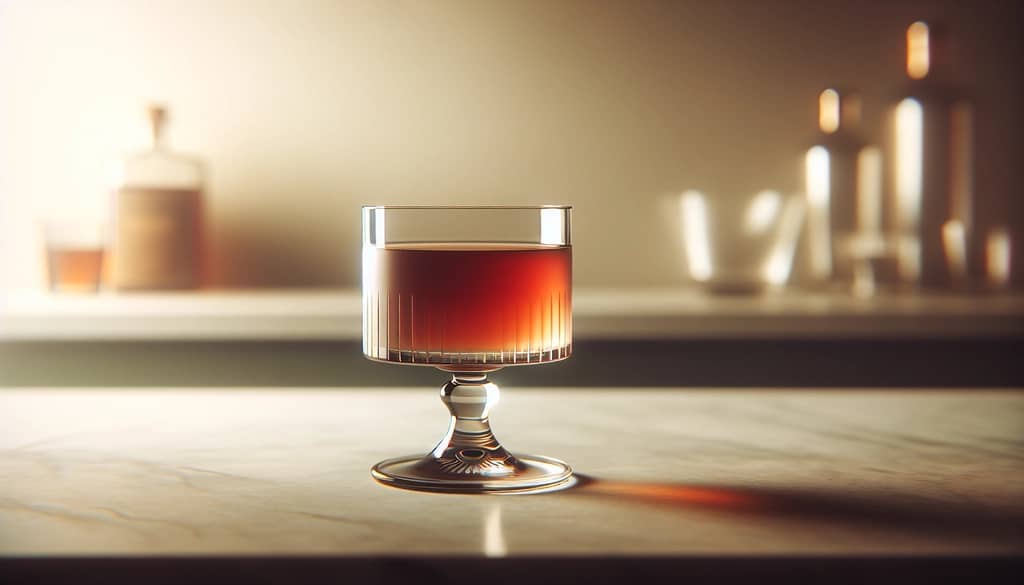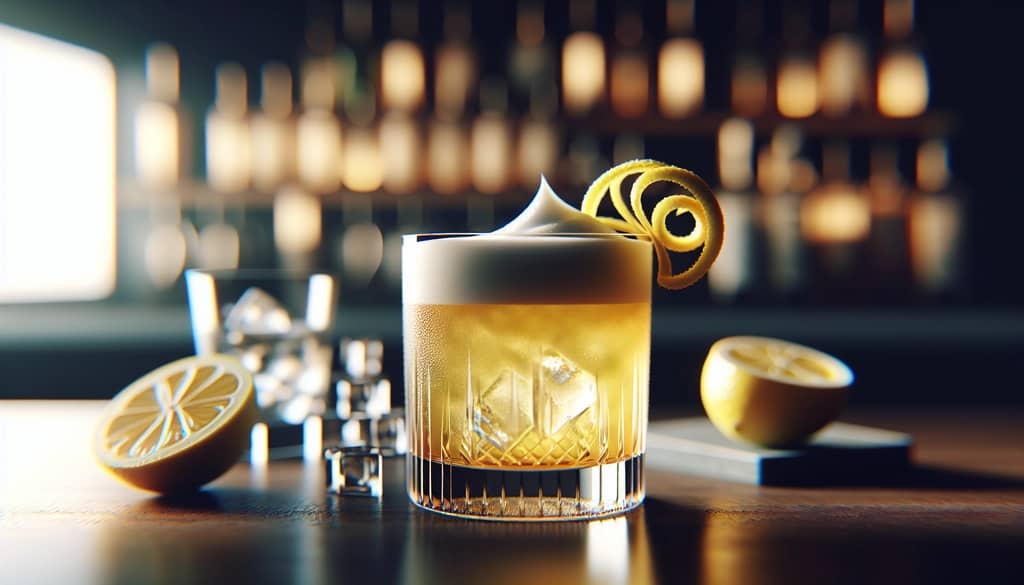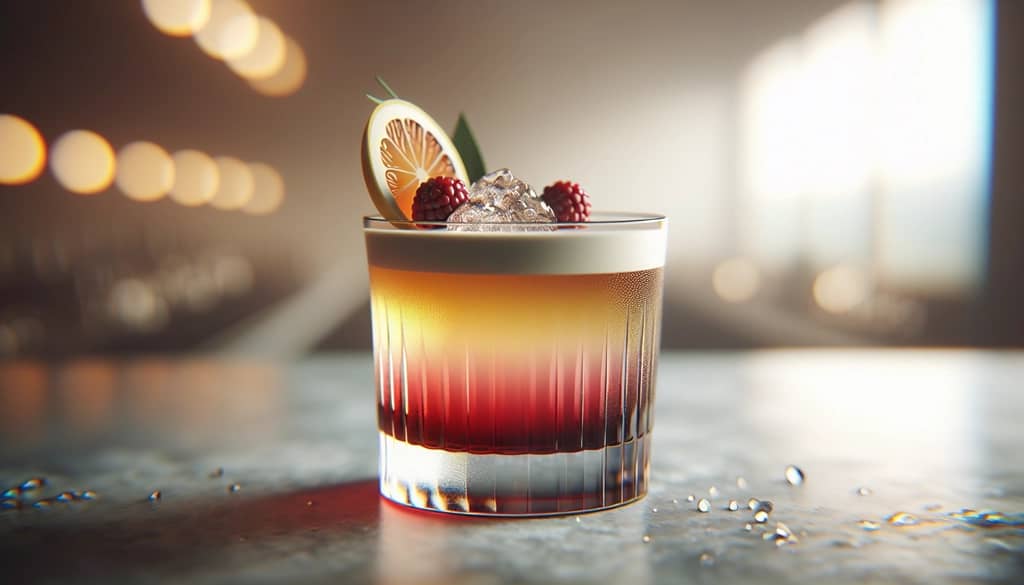Updated on: 6/3/2025
New York Sour vs. Whiskey Sour: What's the Real Difference?

The whiskey sour is a true classic—the backbone of sour-style cocktails. But swap in one dramatic detail, and you get the New York Sour: a vibrant, layered showstopper that keeps popping up on modern bar menus. What actually separates these two drinks, and how did a simple red wine float transform a humble sour into a signature sip?
How Each Cocktail Began
Tracing the whiskey sour takes us back to the mid-19th century. At its core, it's a simple blend: whiskey, fresh lemon, and sugar—shaken over ice for balance and brightness. The formula is so universal that its DNA appears in dozens of cocktails.
The New York Sour enters the scene decades later, first appearing in the late 1800s. Bartenders started to float a layer of dry red wine atop the classic whiskey sour, adding color, aroma, and a tart, tannic counterpoint to the drink’s sweet-sour core. Despite the name, the cocktail's origins are debated—Chicago and New York both claim the invention.
Ingredients: Side-by-Side Comparison
- A classic whiskey sour typically uses bourbon or rye, lemon juice, and simple syrup—or sometimes superfine sugar. Egg white is optional (but gives a lush foam and silky mouthfeel).
- A New York Sour starts with a standard whiskey sour base and finishes with a 15–20 ml float of dry red wine layered on top. Malbec, Shiraz, or even a basic cabernet work well for color and flavor.
That single wine float does more than just look good; it adds fruitiness, acidity, and subtle tannic grip to the drink. The result is a more nuanced sip with a showstopping visual.

Flavor and Texture: What Changes?
- The traditional whiskey sour is tart but rounded, with bright citrus and warming grain from the whiskey. Egg white (if used) gives it a rich, velvety finish.
- The New York Sour’s red wine float adds a cascade of berry and dark fruit aromas to each sip. Tannins from the wine bring subtle dryness, and the contrast between the lemony base and the wine makes the first tastes pop.
Visually, the two-tiered look of a New York Sour is striking. The red layer slowly melds into the yellow base as you drink, leading to an evolving flavor both on the nose and palate.
Making a New York Whiskey Sour: The Steps That Matter
- 60 ml rye or bourbon whiskey
- 22.5 ml fresh lemon juice
- 15 ml simple syrup
- 15 ml egg white (optional, for foam)
- 15–20 ml dry red wine (Malbec, Shiraz, or Cabernet)
- Ice cubes
- Add whiskey, lemon juice, simple syrup, and egg white (if using) into a shaker.
- Dry shake hard (no ice) for 10 seconds to emulsify the egg white.
- Add ice and shake again until well chilled and frothy—about 10–12 seconds.
- Strain into an old fashioned glass filled with fresh ice.
- Gently float the red wine over the back of a barspoon so it forms a defined layer atop the drink.
- Leave ungarnished or finish with a thin lemon twist for brightness.

Small Changes That Shift the Experience
- Changing the base whiskey alters the cocktail’s depth—rye brings spice and snap, bourbon adds caramel and vanilla.
- Lemon versus lime: some bars swap citrus, though lemon is the classic and keeps the profile brighter.
- Egg white creates a creamy top and an almost dessert-like texture. Without egg, the drink feels sharper and more refreshing.
- The choice of red wine on the float matters more than you might think. Fruit-forward, low-tannin wines lay softly, while big, structured varieties add drama in flavor and color.
Why Both Cocktails Remain Favorites
The whiskey sour’s simplicity means it adapts to any palate or occasion—just adjust the citrus and sugar for balance. The New York Sour, meanwhile, stands out not only for its layered look but for the way the wine transforms every sip. That’s why both drinks have endured for over a century: one never goes out of style, the other brings color, story, and a modern edge to a classic build.